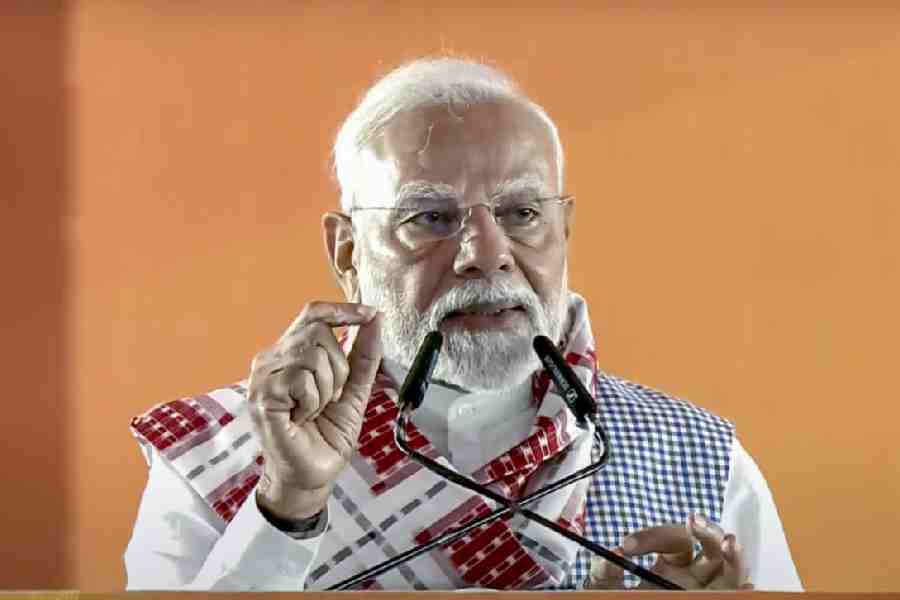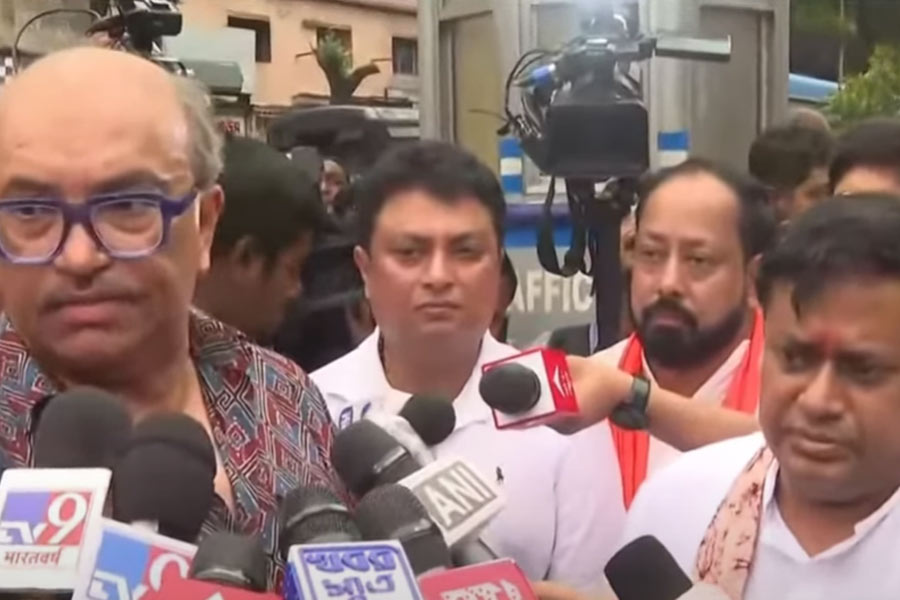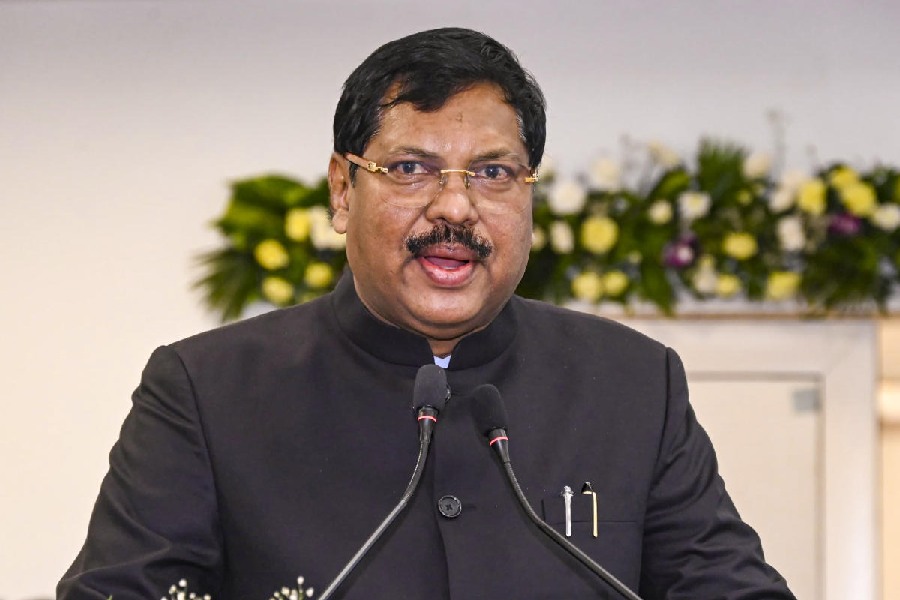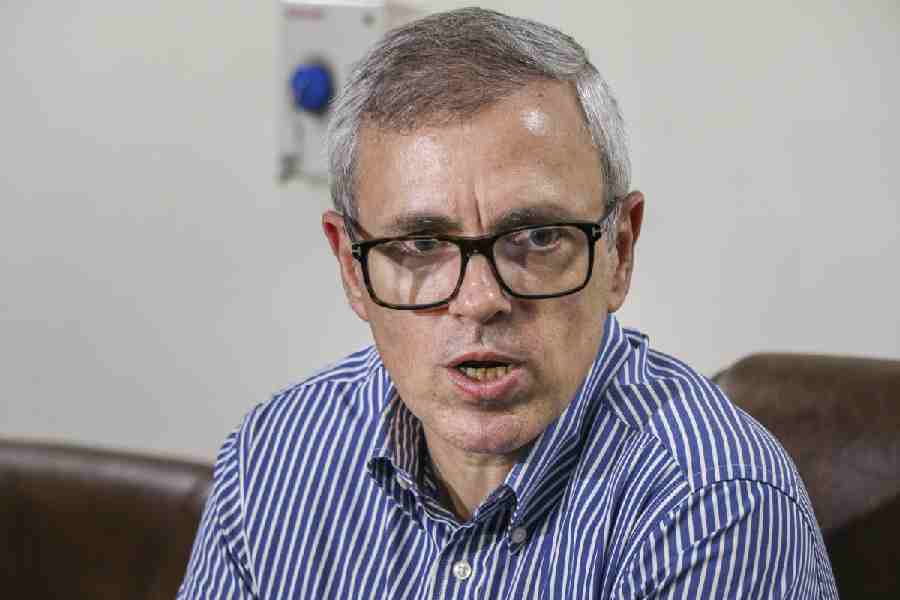 |
CUTTACK
The Gundicha temple may have disappeared from the city’s map, but rath yatra lives on. A temporary structure put up on its premises will host the Holy Trinity during their nine-day sojourn.
Members of the managing committee of Chandni Chowk Jagannath temple, from where the chariots of the divine siblings will start rolling, are upbeat. The administration is leaving no stone unturned to make the festival a grand affair.
Sources said that following the Gundicha temple’s demolition, it was not clear whether the deities would be kept inside the temporary structure erected on the Gundicha complex or at Mausi Maa temple in Chandni Chowk.
“The Supreme Court, in its interim order on July 8, has allowed us to keep the deities at a temporary structure on the Gundicha temple premises,” said Chandni Chowk Jagannath temple administration secretary Bhikari Das.
Devotees, too, are in high spirits. “We were disheartened when the Gundicha temple was demolished. We were worried how the event would be held. But the court order came as a relief,” said Satyakam Sahu, 42, a resident of Buxi Bazaar.
BARIPADA
Mayurbhanj first wrote the story of women’s empowerment through the rath yatra.
During the festival, Devadalana, the chariot of Devi Subhadra, was first tugged by women and girls in 1975. The tradition continues in the district headquarters town of Mayurbhanj.
The tradition is now followed in many parts of the state. At Baripada, two special traditions make the festival unique.
Here the pahandi (bringing the deities out of the temple in a procession) continues for two days. Here, women take charge over Devi Subhadra’s journey to the Gundicha temple and back to the Badadeula (Jagannath temple).
Damodar Mohanty, who has stayed in Baripada for more than 15 years and still keeps his good old days fresh in his memory, said: “To do something unique is typical of Baripada. The two-day pahandi is enjoyed by people from the entire district. People from neighbouring Bengal and Jharkhand too take part in the extended car festival.”
Niharika Mohapatra, a resident of Baripada town, said: “During the car festival, women here have a greater share in continuing the tradition.”
GAJAPATI
The chariots are ready to roll in Paralakhemundi of Gajapati district on the Odisha-Andhra Pradesh border.
The tradition of rath yatra in Paralakhemundi, an ex-princely state, is about 245-years-old. “It started after Jagannath Narayan Dev II (1751-1770) established the Jagannath temple,” said Dibakar Patnaik, who has authored three books on the culture of Paralakhemundi.
“The three old chariots were set ablaze and damaged in an ethnic clash in 1964 and the deities were taken for a ride in three new small chariots in the subsequent years. The organisers arranged for two new bigger chariots for the rath yatra during the seventies but the idea was abandoned after two youths were crushed under the chariots. Finally the organisers introduced only one chariot four decades ago. Three chariots were again introduced in 2011,” said Patnaik.
However, the problem is availability of wood for the chariots. “Neither the forest corporation nor the local divisional forest officer provides wood for the chariots. We buy wood worth Rs 2.5-lakh from Andhra Pradesh every year. As there is no saw mill in Paralakhemundi, we have it cut in Andhra Pradesh and obviously, it is a costly affair,” said Bharat Bhusan Mahanty, a member of the Rath Yatra Management Committee.
KENDRAPARA
The Tulashi Kshetra finds pride of place in the Jagannath cult as it is the abode of Baldevjew, Lord Jagannath’s elder brother. It is no wonder then that the rath yatra here follows rituals and customs quite different from those adhesred to in Puri.
“Unlike in the Puri car festival, only one chariot, which is 72-feet high and decorated colourfully, carries the three deities to Gundicha temple,” said Akshyaya Pani, trustee member of Baldevjew temple. The height of Lord Jagannath’s chariot in Puri is the tallest at 45.6 feet.
The idols in the Baldevjew temple are strikingly different from those in Puri and for that matter, any other Jagannath temple, in size, shape and structure. As if to establish that he is the lord of this shrine, the image of Balabhadra is conspicuously taller and bigger than usual. Jagannath is universally renowned as the chakadola or the round-eyed one, but Lord Baldevjew’s eyes are more oval than round. The car festival is observed for two days in Kendrapara, which is known as Tulasi Kshetra, while elsewhere it’s a one-day affair, said Pani. For devout Hindus, Tulasi Kshetra is as sacred as the Sri Kshetra Puri, Ekamra Kshetra Bhubaneswar, Viraja Kshetra Jajpur and Arka Kshetra Konark.
SONEPUR
The sleepy village of Kotsomalai in Subarnapur district, known as Patail Srikshetra, is now buzzing with activities to observe rath yatra.
A team of researchers on Jagannath cult and sevayats of the temple had visited Kotsomalai in 2007 and concluded that Lord Jagannath was hidden in a cave of the nearby Trikuta hills for 144 years.
Accordingly, the Puri temple administration granted Patali Srikshetra status to Kotsomalai.
In a rare gesture, the administration donated the idolss for installation at Patali Srikshetra.
President of the Patali Srikshetra management committee Uttar Patra said: “Every year, people of Sonepur and neighbouring districts wait for this day, as for them Patali Srikshetra is their Srikshetra. Over the past two years, I have observed that an increasing number of people are coming here for the rath yatra,” said Patra.
Ranjan Tripathy of Sonepur said he had waited all year for rath yatra to arrive.
“Ever since rath yatra started in Patali Srikshetra, I always go there for the festival. Earlier, there was no car festival as there was no place to install the deities, which stayed in the house of a villager. Now that the lords have been installed, we are happy that the festival is observed every year,” Tripathy said.










